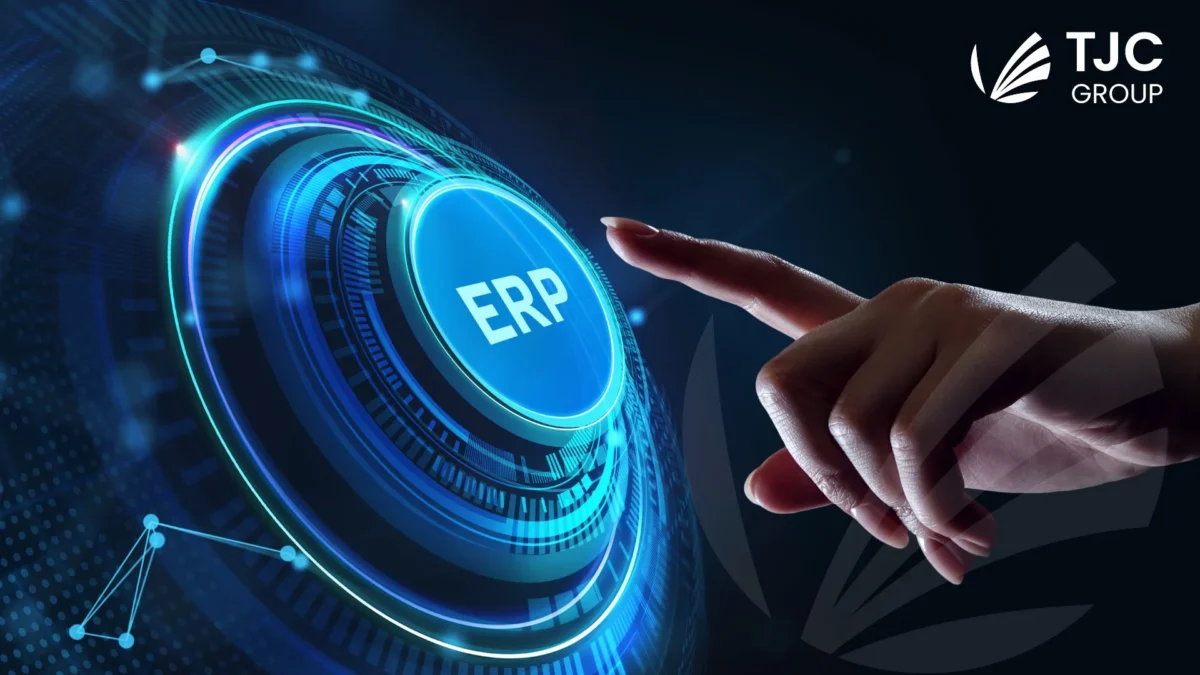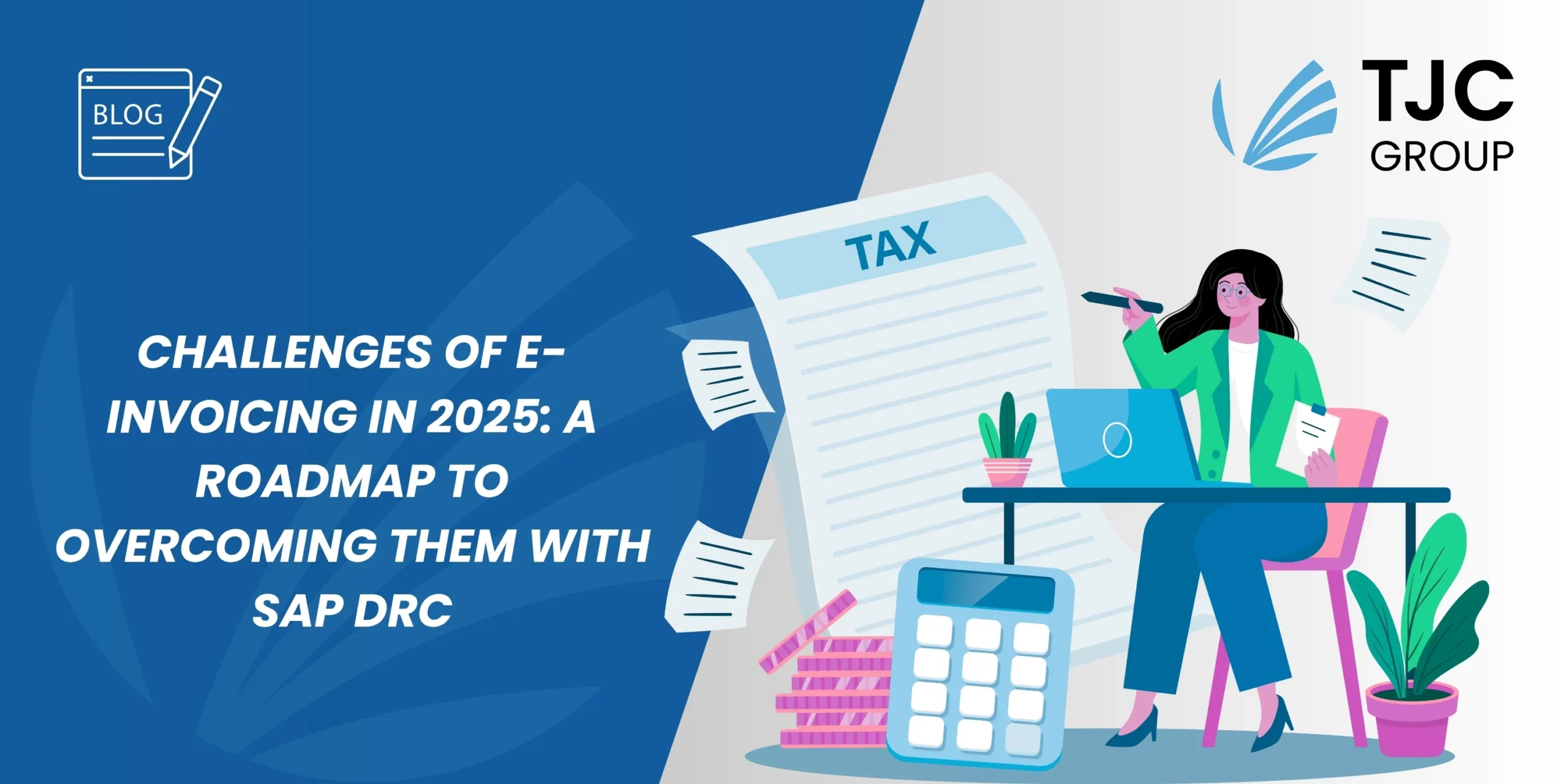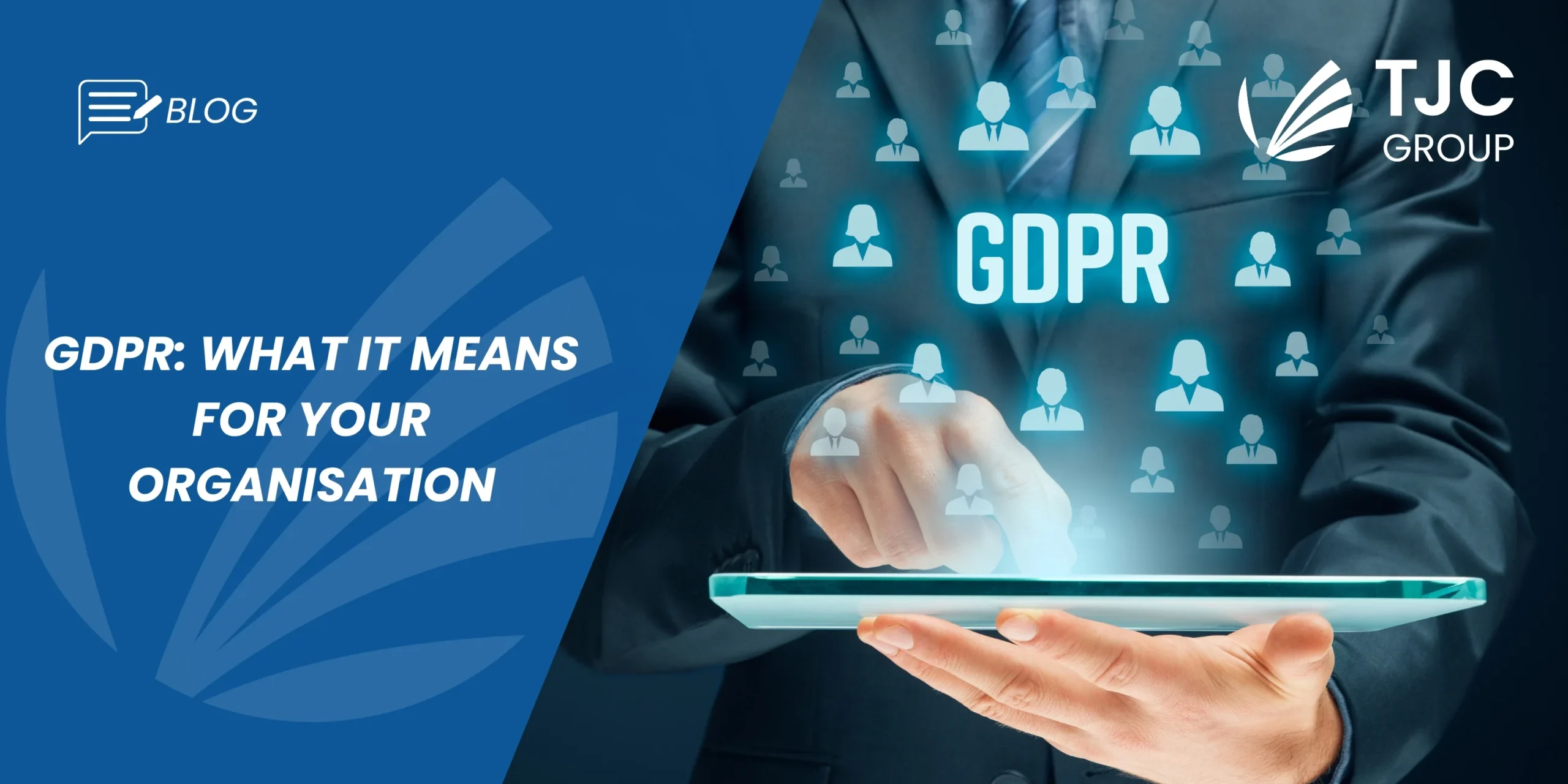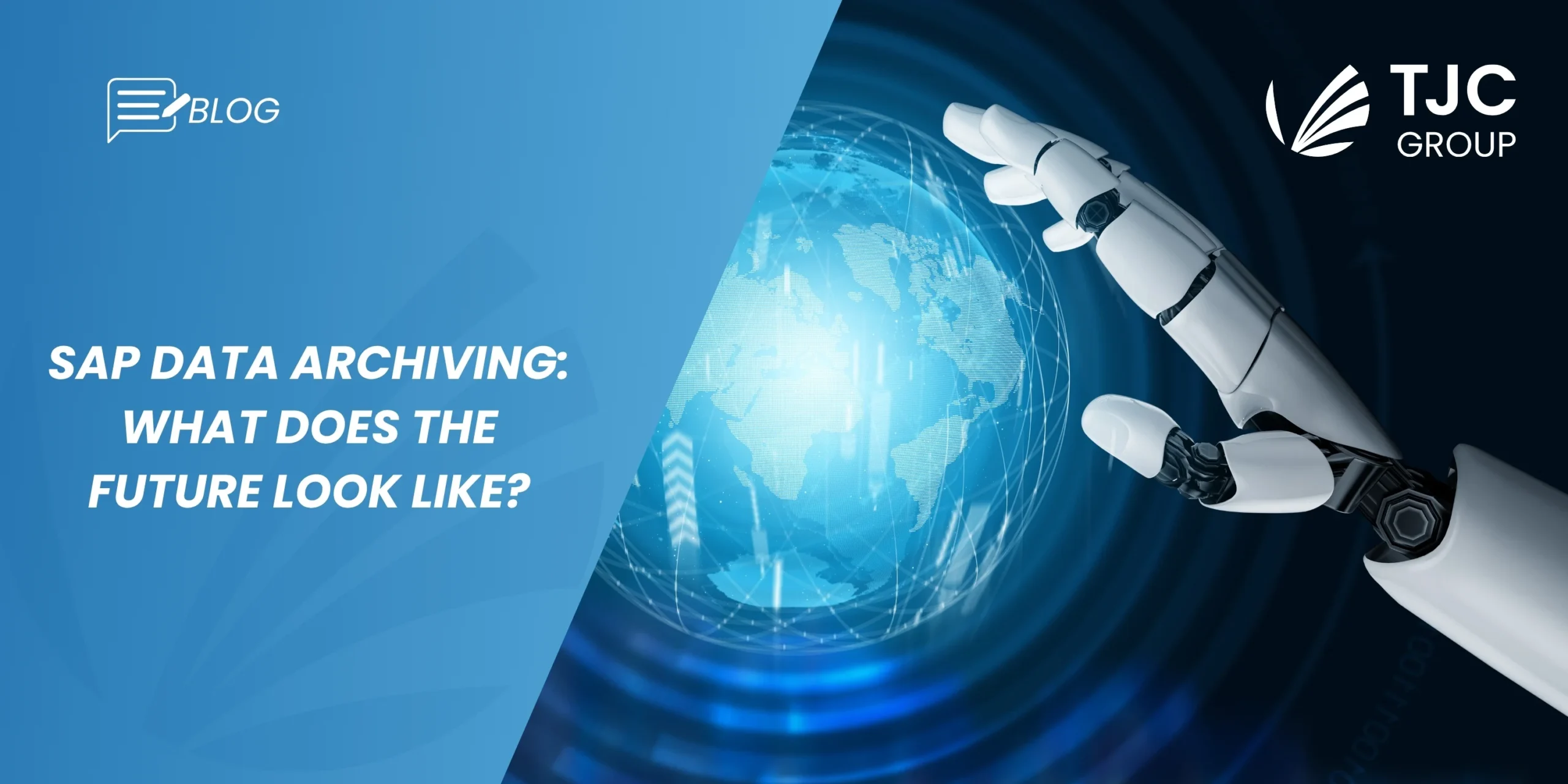SAP has undergone drastic transitions in recent years. From traditional ERP software to developing innovative cloud solutions, the company has grown and how! Today, we hear about the SAP S/4HANA system, a few years back, it was SAP ECC – but have you ever given a thought to how the Enterprise Resource Planning or ERP systems have evolved over the years?
Our curiosity and willingness to share it with our readers brought us to create an in-depth insight into the evolution of SAP ERP systems: from on-premises to the next-gen ones. Scroll down to know more!
Table of contents
The beginning of a revolutionary era
In 1972, when five former IBM employees set up Systems, Applications, and Processing in Data Management, today known as SAP, the intention was to develop application software for integrated business solutions. Cut to several years later, it is one of the largest independent software suppliers in the world. Founded by Dietmar Hopp, Claus Wellenreuther, Hasso Plattner, Klaus Tschira, and Claus E. Heinrich, SAP has marked significant milestones in its years of existence, including the creation of hybrid models, integration of AI, machine learning, and more.
Over the years, the company shifted its focus from just developing application software to creating ERP systems, allowing businesses to automate and integrate their core processes. It was in 1979 when SAP launched its first ERP solution – the SAP R/2, designed for mainframe computers. Post the success of R/2, the company launched the SAP R/3 in 1992. The SAP R/3, thereby, went on to become the flagship product of the organisation, establishing SAP as a significant player in the ERP market.
Headquartered in Germany, the organisation expanded its operation beyond the country, establishing a global presence. Interestingly, SAP incepted its first international office in the United States in 1988, and by 1991, it had offices in approximately 50 countries. As a matter of fact, today, SAP has established its presence in more than 180 countries, employing over 100,000+ people worldwide.
Stages of ERP evolution: From on-premises to hybrid solutions
As mentioned, SAP has undergone tremendous transformations over the years – from traditional on-premises solutions to hybrid models leveraging cloud capabilities. These stages of evolution reflect the ever-changing trends of the market; moreover, they show the need for businesses to remain agile and competitive.
Stage 1: On-premises solutions
In the first stage of ERP systems, SAP focused on delivering on-premises solutions, mainly to larger enterprises. The solutions were designed and developed for in-house deployment on physical servers. This helped businesses to gain complete control over their operations and data. However, even with the benefits, on-premises ERPs turned out to be challenging to manage, requiring significant upfront investments in terms of IT infrastructure and specialised support teams.
Stage 2: The advent of cloud solutions
The emergence of cloud computing led to SAP shifting its focus towards developing ERP systems accessible from anywhere and at any time. Cloud solutions offer more flexibility, scalability, and cost-effectiveness to businesses, allowing them to adapt to the changing market demands in a much easier and more efficient manner. The cloud solutions by SAP include Software-as-a-Service (SaaS) systems like the SAP S/4HANA Cloud and SAP SuccessFactors; along with Platform-as-a-Service (PaaS) like the SAP Cloud Platform, SAP Business Technology Platform, and so on.
Stage 3: The hybrid models
As SAP continues to push beyond the boundaries of innovation, hybrid models combining the capabilities of on-premises and the cloud have enabled businesses to enjoy the benefits of both worlds. As a matter of fact, it allows businesses to maintain control over mission-critical applications and data leveraging the pros of flexibility and scalability that the cloud offers. The hybrid models help strike a balance between control and flexibility in today’s ever-changing market. SAP’s shift towards these solutions allowed businesses to reduce costs, improve efficiency, and stay competitive in the evolving digital landscape. Two of the most sought-after hybrid ERP solutions offered by SAP are the SAP HANA Enterprise Cloud and SAP S/4HANA Embedded Analytics.
The timeline of SAP’s ERP systems
The timeline of SAP’s ERP systems, or even as a company, has been incredibly interesting. Let’s talk about it –
1972: The year of its inception
What everyone knows is that in 1972, SAP was formed and incorporated as an organisation. What many people don’t know is that it was also the year of SAP’s first milestone in the form of SAP R/1.
The SAP R/1 was launched as a financial accounting system, running on the mainframe as a single-tier architecture. The R/1 was designed to provide businesses with a centralised system.
Between 1973 and 1975, SAP went global, installing software for the first time at Coop and Georg Fischer – a Swiss Corporation.
Between 1975 to 1978, SAP acquired its very first computer, a Siemens 7738 mainframe, thereby, initiating a shift of technology towards the SAP R/2.
1979: The year of SAP’s first ERP system
In 1979, SAP launched its first ERP system that went beyond just financial accounting – the SAP R/2. The R/2 expanded the capabilities further by incorporating materials management as well as sales. Although it continued to run on mainframes, it was majorly a two-tiered mainframe architecture. (As a matter of fact, the 2 in R/2 stands for its two-tiered architecture).
Between 1980 and 1988, SAP R/2 established its presence and stronghold in ERP systems in the market. In 1988, the company went public as SAP AG, thereby, listing itself on German exchanges and expanding worldwide.
1992: The next ERP system for businesses
In 1992, SAP launched its next ERP system – the SAP R/3, marking a significant shift as it introduced a client-server architecture. Adding to this, the new R/3 also supported multiple platforms, making it even more convenient for businesses. SAP R/3 modernised the ERP software, further allowing businesses to select specific modules as per their needs like finance, HR, logistics, and so on.
Between 1998 and 1999, SAP debuted on the NYSE and unveiled mySAP.com, further blending e-commerce and ERP.
2004: Introduction to SAP ECC
With advancing technology, in 2004, SAP too moved towards creating a more advanced version of the ERP systems – which brings us to SAP ECC. The SAP ERP Central Component or SAP ECC provided businesses with more improved features and functionalities across different modules, supporting the entire business processes in a much more efficient manner. Between 2007 and 2010, SAP launched Business ByDesign for small and medium-sized enterprises and acquired Sybase further introducing in-memory technology.
2011 to 2016: The launch of SAP HANA
While SAP launched SAP HANA in 2011, its next-gen ERP system, the SAP S/4HANA, was launched in 2015. The S/4HANA suite is built on SAP HANA and offers a much simpler data model with a better and enhanced user experience.
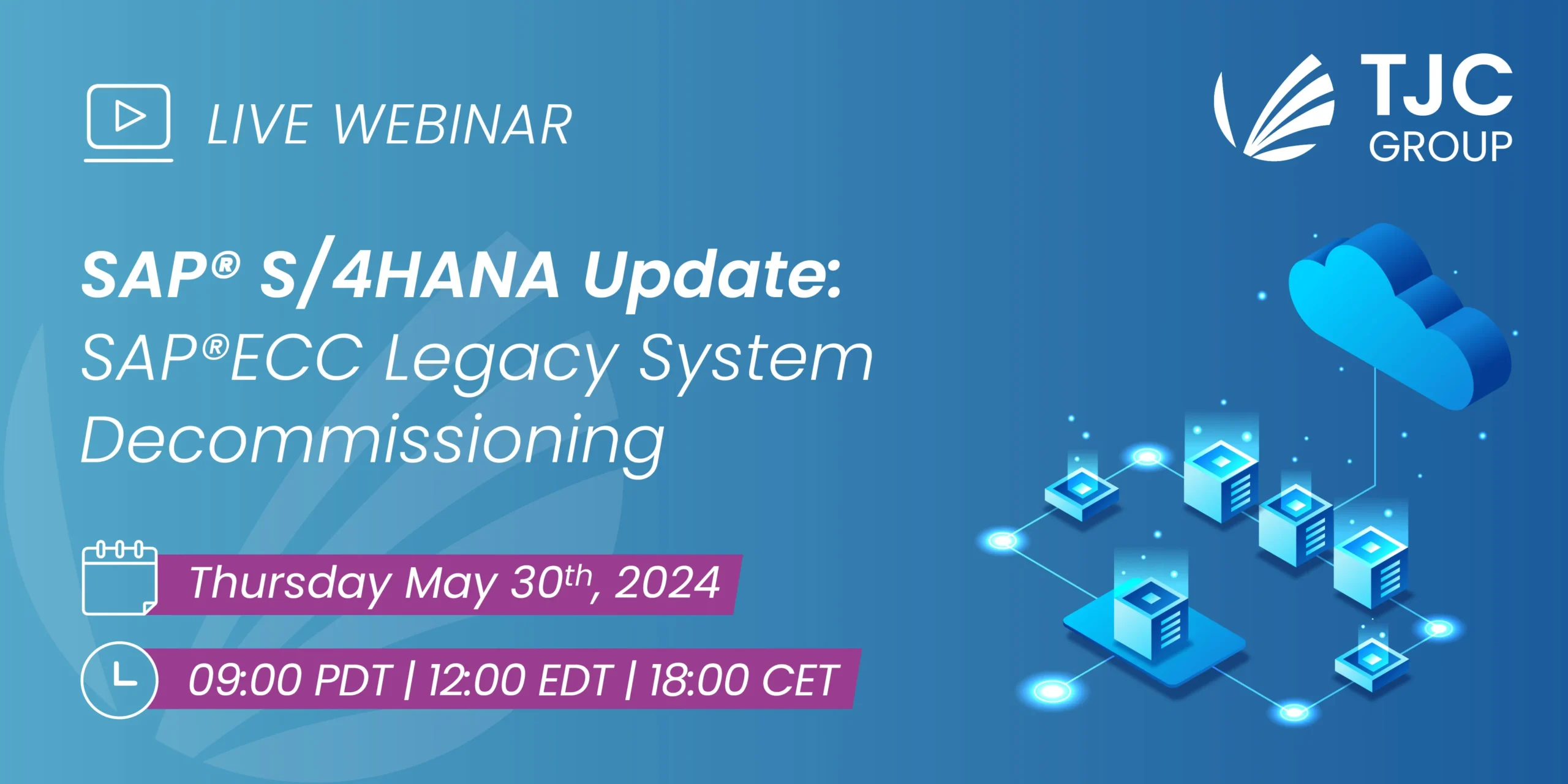
In 2016, the company went one step further and introduced the SAP S/4HANA Cloud. The S/4HANA Cloud is the Software-as-a-Service or SaaS version of the standard S/4HANA ERP suite and runs on the SAP HANA in-memory database.
SAP ERP vs SAP ECC: What is the difference?
An interesting point worth mentioning here is the difference between SAP ERP and SAP ECC.
SAP ERP is a comprehensive business software suite covering a wide range of business processes and functions. ERPs come with several modules that include finance, human resources, procurement, sales, inventory management, production planning, and so on. SAP ERP systems streamline and integrate processes, providing a unified view of the operation of the organisations.
SAP ECC, on the other hand, is a more specific version or release of the SAP ERP software system. ECC represents an iteration of the SAP ERP, embedded with a set of functionalities and features. The fact of the matter, SAP ECC is one of the most well-known ERP systems, used widely by organisations across the world.
If we have to summarise the difference between SAP ERP and SAP ECC, we can say that SAP ERP is a much broader term referring to an entire suite of software, while SAP ECC is a version or release of the ERP system. As a matter of fact, ECC is a term that’s confined to SAP only.
The next-gen ERP system – S/4HANA
The SAP S/4HANA is considered to be a significant change to the core offerings by SAP ever since the incorporation of the R/3 system in 1992. First released in 2015, S/4HANA was originally released as a next-generation financial solution in 2014 under the name SAP Simple Finance. However, nine months later, SAP announced the expansion of its core to become a full-scale ERP system.
In 2016, when SAP launched the SAP S/4HANA Cloud, it also introduced the logistics functionality in the following key areas –
- Sourcing and procurement
- Manufacturing
- Supply chain
- Asset management
Along with this, enhancements like extended warehouse management (EWM) and production planning/detailed scheduling (PP-DS) were directly embedded into the SAP S/4HANA systems.
Why is data preparation important for S/4HANA migration?
The fact of the matter is that it has become mandatory that organisations migrate to S/4HANA by 2030. And while migrating, data is of utmost importance!
According to a survey conducted by UKISUG in 2022, 61% of organisations experienced or anticipated data management challenges, potentially hindering the automation of the business process while migrating from SAP ECC to SAP S/4HANA. Data management challenges not only lead to obstacles in the migration process but also directly impact the SAP system’s performance. This, in turn, leads to an increase in the Total Cost of Ownership (TCO).
Hence, preparing your data beforehand is quintessential to ensure a smoother migration to SAP S/4HANA. There are several strategies that organisations can undertake to tackle the growth of their databases; however, SAP data archiving has proved to be the most efficient one. Data archiving is a crucial strategy that helps in managing ongoing data growth, increasing security, improving compliance, and controlling costs.
Key takeaways
The forward-thinking and customer-centric approach of SAP empowered businesses to achieve their goals and grow their operations in an ever-changing market. We can clearly see the shift from on-premises (SAP R/1, R/2, etc.,) to more recent, advanced SAP ECC, and now SAP S/4HANA – allowing businesses to reap greater benefits. The fact of the matter is that the focus on cloud computing and intelligent technologies leads the way to a greater, more streamlined future.
In the upcoming blogs, we will discuss the core differences between SAP ECC and SAP S/4HANA, and why the migration towards the latter is necessary. Till then, stay tuned with us!
To learn about our data archiving services, contact us here!



